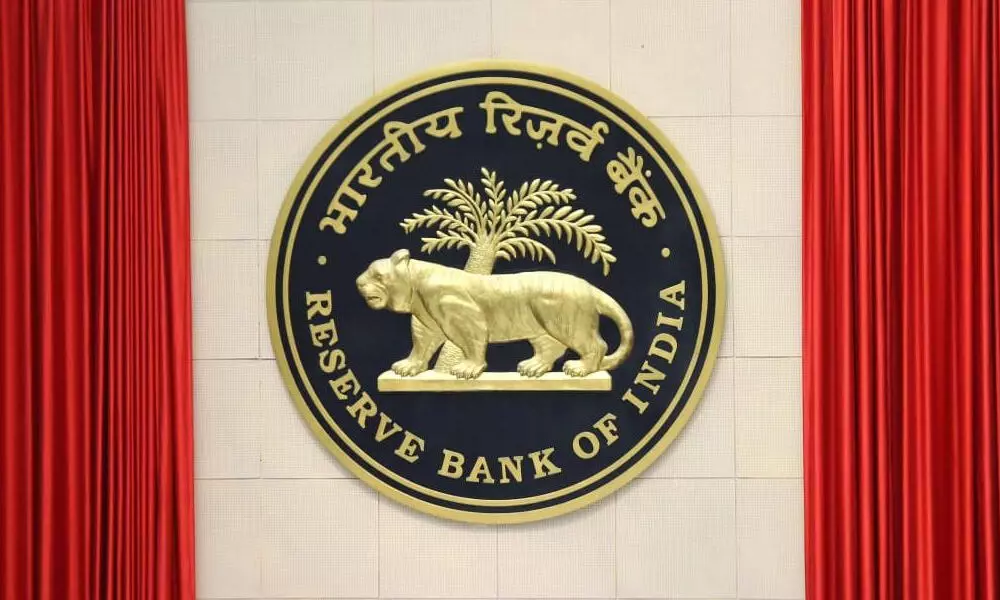RBI needs to keep re-inventing monetary policy as growth and inflation remains volatile
The Reserve Bank of India (RBI)’s June monetary policy will be announced in the backdrop of mixed signals on growth and inflation
image for illustrative purpose

The Reserve Bank of India (RBI)'s June monetary policy will be announced in the backdrop of mixed signals on growth and inflation. The lockdowns in multiple states have hurt the fledgling economic recovery and most forecasters have lowered FY22 GDP growth projections by 1-3 percent.
Manufacturing sector PMI was at a 10-month low of 50.8 in May while urban unemployment rose to a 1-year high of 17.9 percent. However, this year's lockdowns have been less harsh than last year's and, therefore, may have been less costly for the economy. With lockdowns expected to be lifted soon, we could see a rebound in growth in the coming months.
While the retail inflation print was 4.3 percent in April (close to the RBI's target of 4 percent), WPI inflation was at an 11-year high of 10.5 percent. Global commodity prices have been rising thanks to economic recovery in the developed world. As higher input prices may get passed on to consumers, worries of a retail inflation spike remain. But imminent dynamics such as a favourable monsoon and fresh supplies may soften prices.
The Taylor rule with a negative output gap suggests that there is room for a repo rate cut. But most analysts have flagged inflation risks to predict that the RBI will continue to hold the repo rate at 4 percent and maintain an accommodative stance i.e. provide liquidity through conventional and unconventional means. However, as the -7.3 percent growth print of FY21 shows, this is not going to be enough. The RBI has to re-imagine monetary policy in the face of K-shaped growth where some sectors are hit harder than others due to no fault of theirs.
To be fair, the central bank has ensured that interest rates have come down over the last year. As a result of the repo rate cuts and massive liquidity infusions since last year, the marginal costs of funds-based lending rate (MCLR) decreased by 90 basis points over FY21. Unfortunately, lower rates have not translated into credit growth. Bank credit grew at 6 percent in 2021 as compared to 6.5 percent in 2020. Monetary actions transmitted to lending rates but not to the real economy or bond yields.

